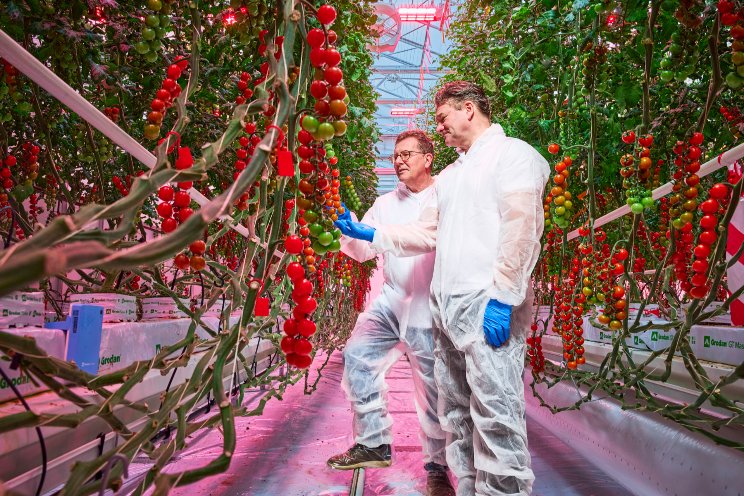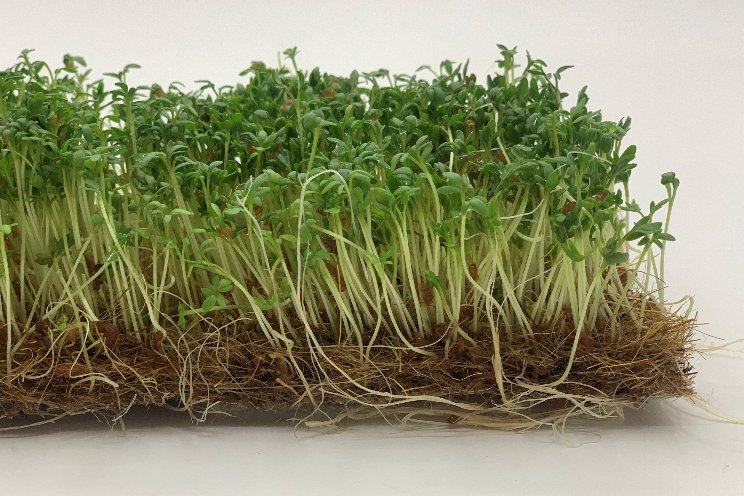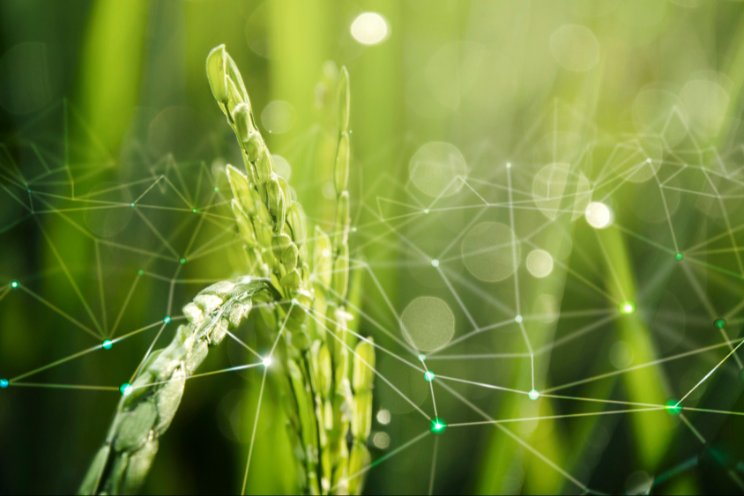How tech is transforming farming practices
Added on 07 June 2023

Although the use of technology in agriculture is not a new concept, recent advancements have made it more accessible and affordable. In recent years, the agriculture sector has embraced technology, fuelling the transformation in the way agriculture is practiced, leading to increased efficiency, productivity, and sustainability.
From precision agriculture to the use of drones, several technologies are transforming farming practices, with data and connectivity forming the core of the future revolution. For instance, artificial intelligence (AI) is rapidly dominating the world and advancing in the agriculture sector. One such AI-driven method is precision agriculture, which uses various technologies such as GPS, sensors, and drones to monitor crop growth and soil conditions. By collecting and analyzing data, it helps farmers make informed decisions about planting, fertilization, and irrigation. With precision farming, farmers can detect problems early, reducing the use of pesticides and protecting the environment.
Other technologies, such as robotics and farm management software, are also playing a crucial role in revolutionizing agricultural practices. Farm management software allows farmers to manage their operations more efficiently by tracking inventory, monitoring yields, and managing finances. Using this technology, farmers can automate many of their manual tasks associated with farming and save time while reducing errors. Meanwhile, robotic devices perform tasks such as planting, harvesting, and weeding more efficiently and faster, reducing the need for manual labour. For example, autonomous tractors are self-driving vehicles that can be programmed to perform tasks such as tilling, planting, and harvesting. A key aspect of making effective use of such devices is that of remote management of the devices deployed. A real-time, smart and responsive Network Management System (NMS) is a critical component of such an agricultural ecosystem.
Image by user6702303 on Freepik
More news















